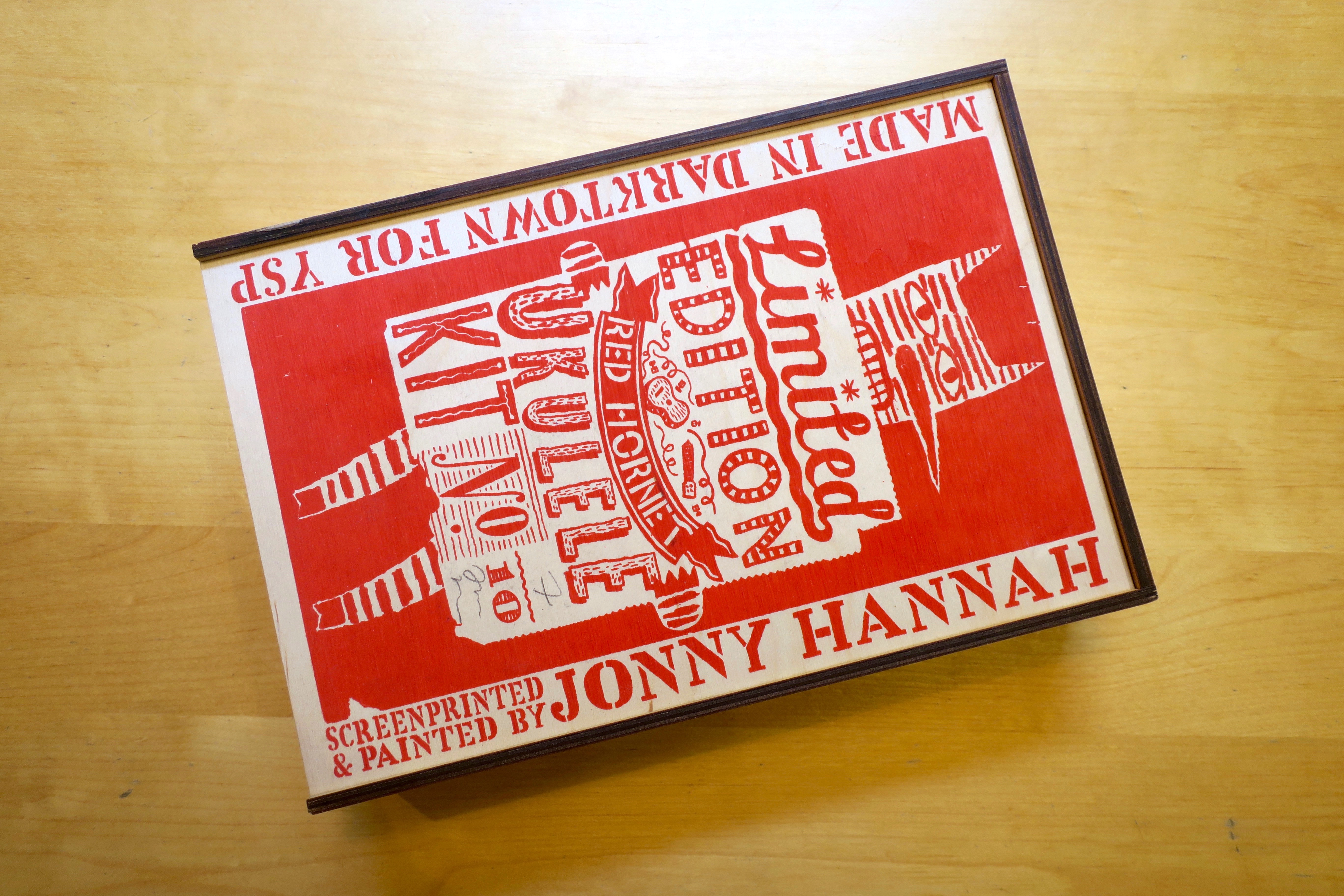A breathtaking short film by underwater freediving artist and director Julie Gautier.
“Ama is a silent film. It tells a story everyone can interpret in their own way, based on their own experience. There is no imposition, only suggestions. I wanted to share my biggest pain in this life with this film. For this is not too crude, I covered it with grace. To make it not too heavy, I plunged it into the water. I dedicate this film to all the women of the world.”
海の女 (ama) is the Japanese word for “woman of the sea,” which is also the name for Japan’s traditional shell collectors. The film is a metaphoric nod to these united women, while also representing the relationship that connects women from all over the world.
“For me, this film is a way to say: you are not alone,” said Gautier, “open yourself to others, talk about your sufferings and your joys.”






